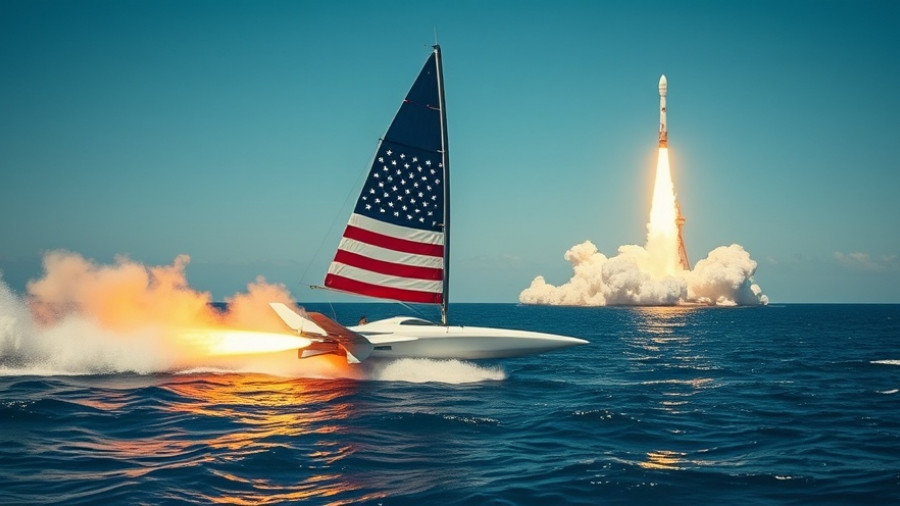
Operation Pacific Viper: A Significant Milestone in Drug Interdiction
The U.S. Coast Guard has made an impressive mark in the fight against drug trafficking with its recent Operation Pacific Viper, which has led to the seizure of over 100,000 pounds of cocaine since its initiation in early August. This equals over 50 tons of illicit drugs retrieved through just 34 successful interdictions, signalling a strong commitment to combatting narcotics flowing from Central and South America into U.S. communities.
The Scope of the Operation
Averaging nearly 1,600 pounds of seized drugs daily, the operation has also led to the apprehension of 86 individuals involved in narco-trafficking activities. The structure of Operation Pacific Viper illustrates the Coast Guard's efforts to increase interdiction capabilities by coordinating with various international and interagency partners. This includes aerial and maritime support to detect and intercept drug transport vessels effectively.
Partnerships That Amplify Efforts
Key partnerships have been a cornerstone of this operation’s success. Notably, the Joint Interagency Task Force-South has played a critical role in monitoring drug movement. As the operation escalates, the Coast Guard seamlessly transitions control of interception from these task forces to its own personnel, ensuring well-organized and strategic action against drug trafficking.
Future Predictions and the Ongoing Battle Against Narco-Terrorism
As highlighted by Rear Admiral Jeffrey Novak, the Coast Guard is not stopping at this record seizure. The reality of drug trafficking and narco-terrorism necessitates continuous efforts, adaptation, and innovation. Drug trafficking routes remain dynamic, and therefore, operational strategies must evolve to keep pace with criminal methodologies. The Coast Guard aims to enhance surveillance technology and increase the presence of operational assets to deter this ongoing threat efficiently.
The Humanitarian Impact of Drug Trafficking
Beyond statistics, the success of Operation Pacific Viper underscores the larger societal issues at play. Drug trafficking devastates communities. By intercepting these shipments, the Coast Guard not only prevents the influx of narcotics but also diminishes the power and reach of drug cartels that threaten social stability. The fight against drugs in the Eastern Pacific is ultimately about protecting families and safeguarding communities from the perils associated with addiction and violence borne from drug trade.
Conclusion: Continuing the Journey Forward
The operation boldly illustrates the Coast Guard's commitment to their mission, highlighting the importance of collaboration and innovation in the journey forward. As these counter-narcotics operations gain momentum, it’s vital that the public remains aware and engaged with the ongoing efforts to sustain the integrity and safety of communities across the nation.
 Add Row
Add Row  Add
Add 




Write A Comment